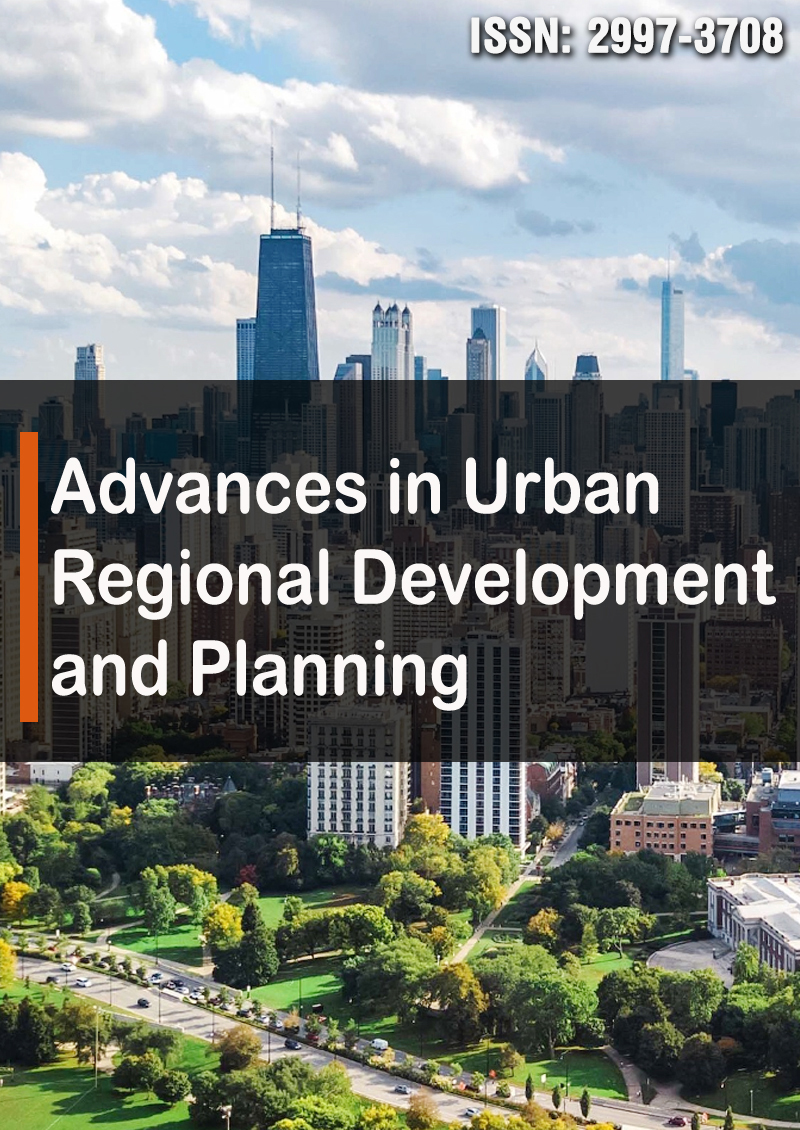Enhanced Rock Weathering in Sandy Soils: Carbon Removal Potential and Fertility Restoration in Future Urbanization Zones
Abstract
Hkaung Htut San*, Khin Pyone and Tsutomu SATO
Enhanced Rock Weathering (ERW) has emerged as a promising Negative Emission Technology due to its dual role in atmospheric carbon dioxide removal (CDR) and soil fertility restoration. While most ERW research focuses on fertile croplands, its application in agriculturally marginal areas remains underexplored. This study investigates the efficacy of basalt-based ERW in sandy soils within Future Urbanization Zones of Kyaukse and Sintgaing townships, Mandalay Division, Myanmar, a site characterized by poor water retention, low nutrient content, and limited agricultural viability. Small-scale plantation and extraction experiments were conducted using different soil-to-basalt ratios to assess impacts on plant growth, soil mineralogy, and porewater chemistry. Eggplant growth was notably enhanced in moderate basalt-amended soils (ratios 0.9:0.1 and 0.5:0.5), while mineralogical anal- ysis revealed increased diversity in nutrient-bearing minerals like plagioclase and augite. Corresponding increases in pH and essential cations (Ca2+, Mg2+) further highlighted the potential of basalt in improving soil geochemistry. Complementary one-di- mensional reactive transport modeling validated experimental trends and estimated long-term dissolution and CDR potential. Simulation results showed that 3% of applied basalt (1.2 t ha−1 yr−1) dissolved annually, leading to a modeled CDR efficiency of 0.31 tCO2 ha−1 yr−1 under field-representative conditions. These findings demonstrate that basalt-ERW can enhance soil function- ality and sequester atmospheric CO2 even in degraded environments. This study extends the applicability of ERW beyond tradi- tional croplands and offers a sustainable strategy for land restoration in rapidly urbanizing and vulnerable ecosystems.



